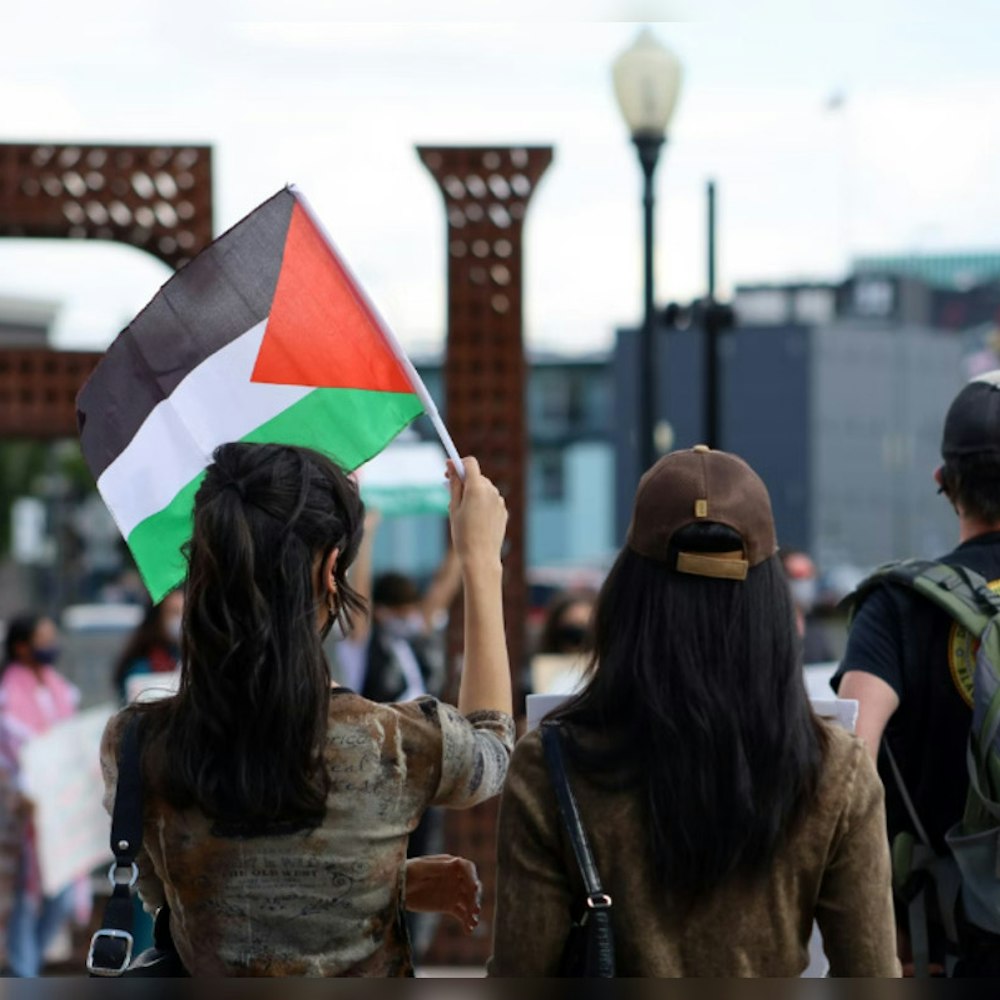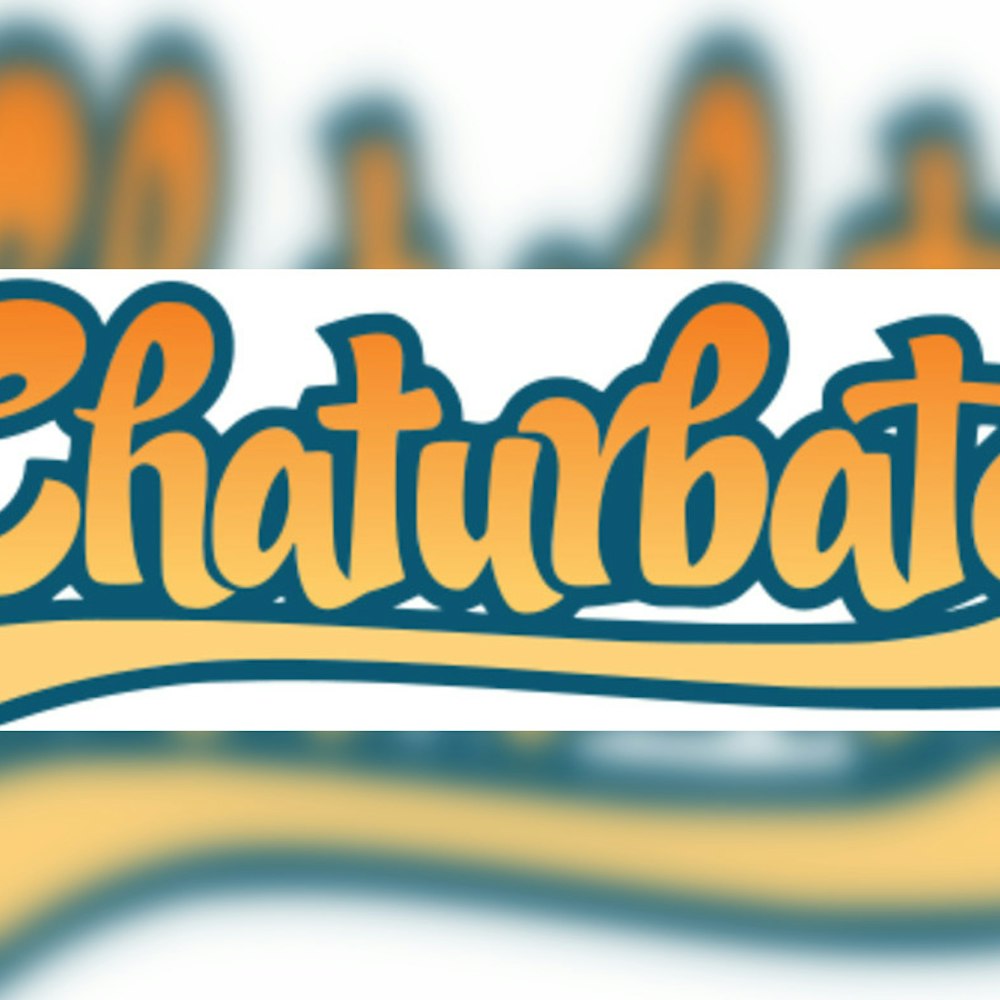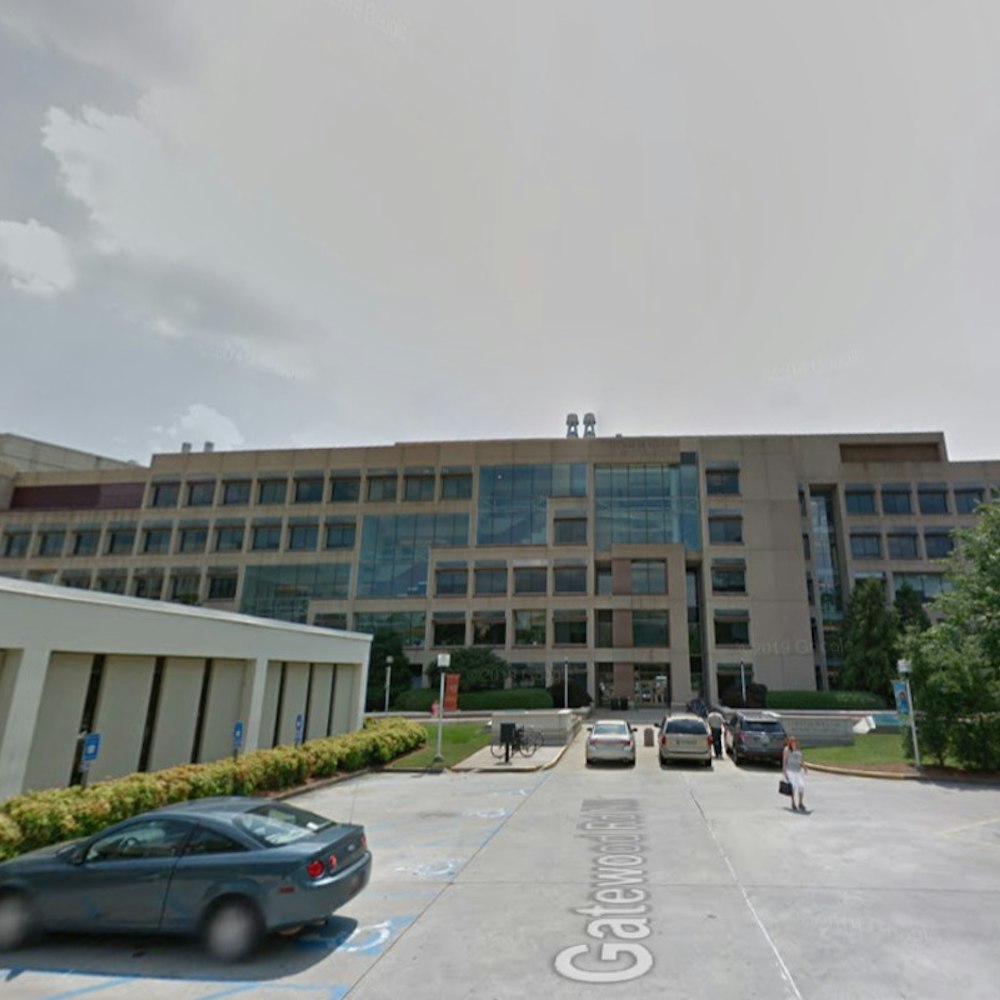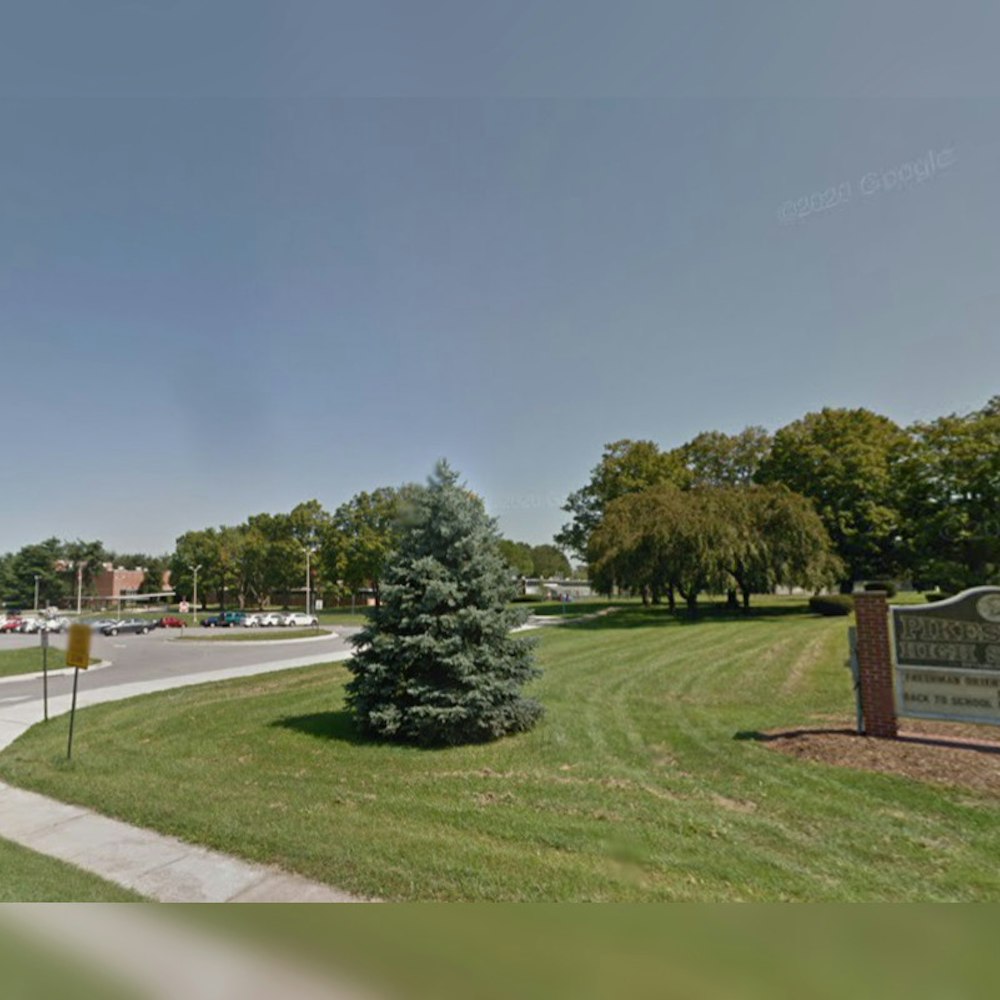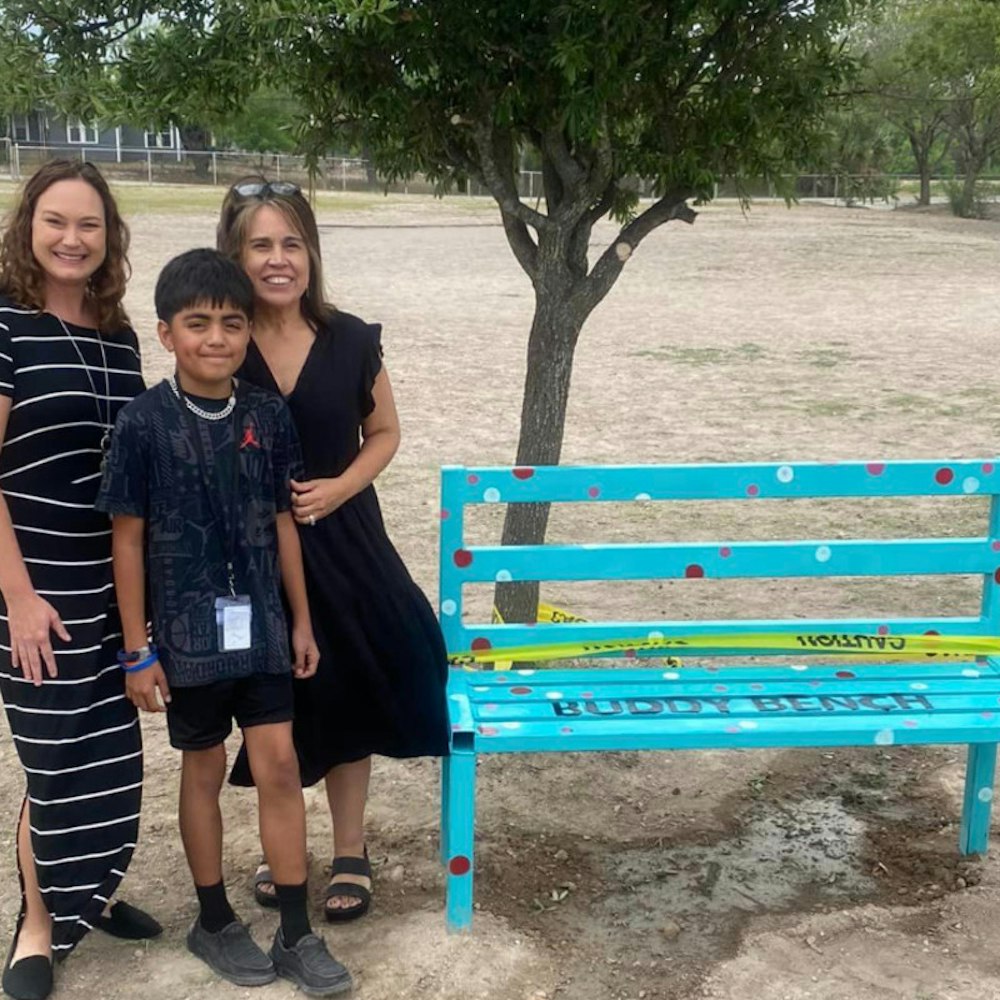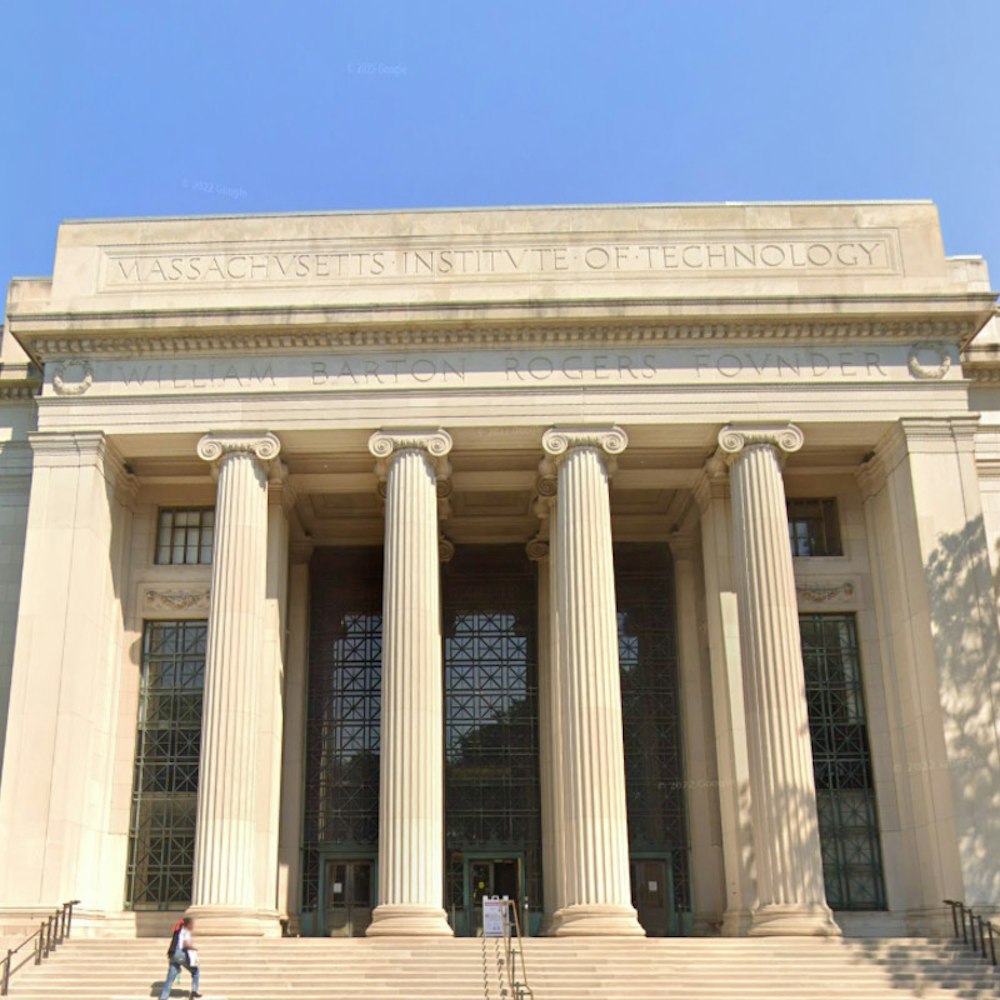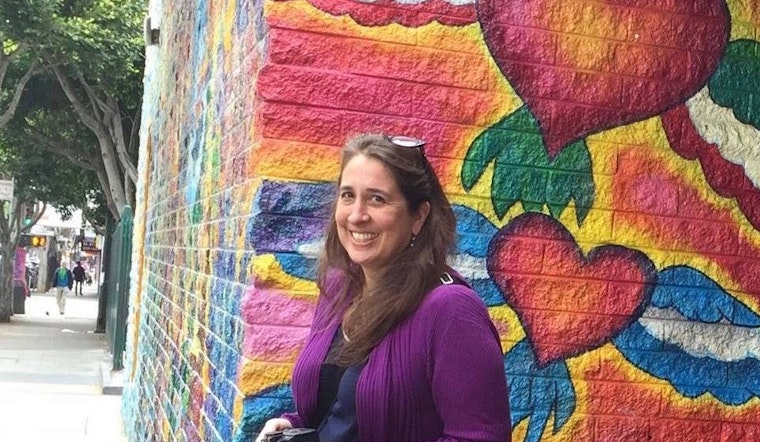
Cary Cordova, native San Franciscan and an assistant professor in the American Studies department of The University of Texas at Austin, is reading from her new book, The Heart of the Mission: Latino Art and Politics in San Francisco tomorrow at 6pm in Alley Cat Books on 24th Street.
Cordova was born in San Francisco in 1970, and grew up in Noe Valley. Her mother, originally from Vermont, was the daughter of artists, and her father came from New Mexico as a Navy veteran looking for work.
“I think of him a little bit like the Beats I described in the Beats chapter [of the book],” says Cordova, “as someone who was looking for a life that was a little bit different and was friends with artists in San Francisco.”

“A lot of the events in our lives were connected to the Mission,” said Cordova, “so that’s how I understood it growing up.”
The idea for the book began while she was completing dissertation research in American Studies at UT Austin in 2003. Between 2003 and 2005, anti-gentrification activism was a huge topic in the Bay Area, and Cordova was moved to capture what she described as the displacement of culture.
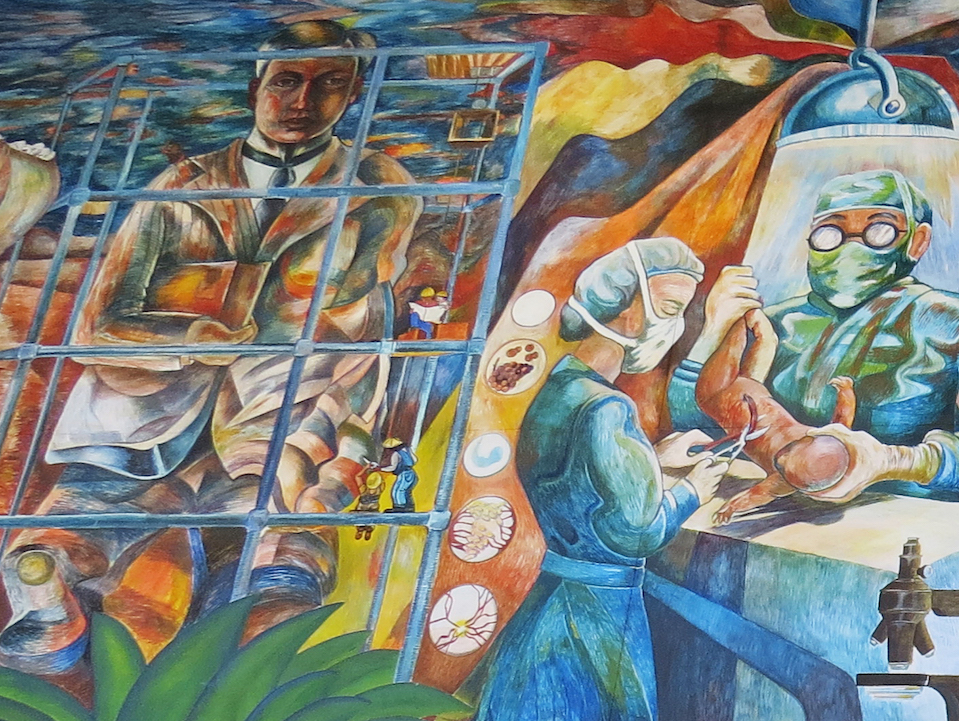
“People were talking about the homes being lost, but they weren’t talking about the culture,” said Cordova.
The book traces the Mission's development as a hub for the Latino arts movement. Starting in the 1940s, Cordova connects the neighborhood’s artists with various social movements and forms of expression, such as Latin jazz, Beat poetry, filmmaking, and community murals.
After making several trips to San Francisco and conducting more than 35 interviews with locals, artists and historians, Cordova finished her project. In many cases, the interviews were more educational than her coursework, she said.
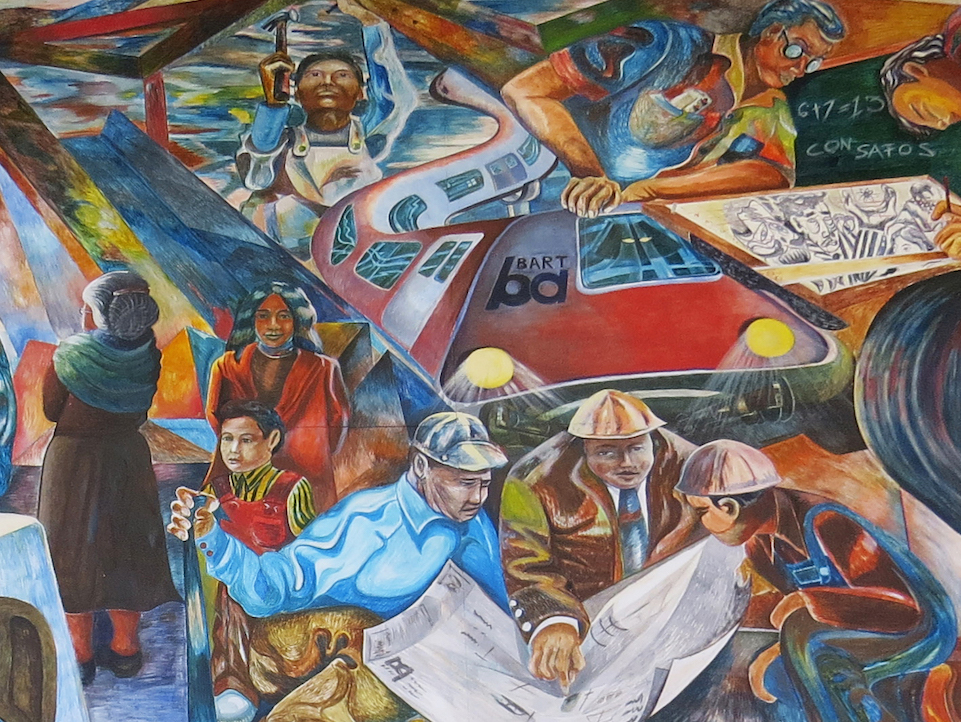
“Sometimes people didn’t know me at all,” she said, “they had to trust I would do the right thing with their information. I tried to treat these very intimate stories and memories with respect, but also place them in a historical context.”
To learn more, check out her reading tomorrow at 6pm in Alley Cat Books, or attend a reception on Thursday, August 17th at the Mission Cultural Center from 6:30–9, which will feature live music and an discussion with the author.

-2.webp?w=1000&h=1000&fit=crop&crop:edges)

